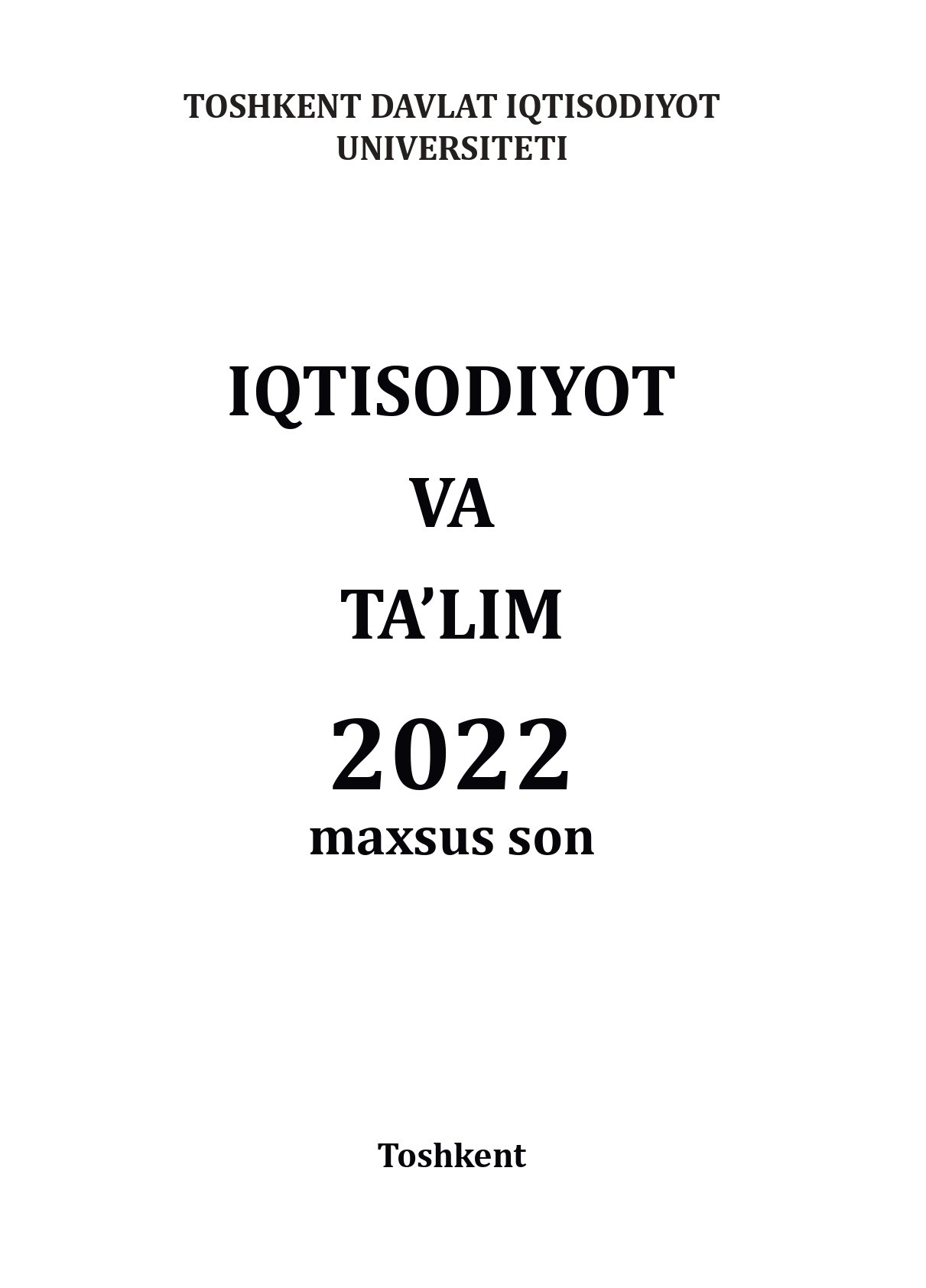Аннотация
В данной статье оцениваются перспективы внедрения алгоритмов искусственного интеллекта в различные сферы бизнеса, систематизируется мировой опыт и практика использования различных моделей и сервисов искусственного интеллекта, выявляются положительные и отрицательные последствия использования нейронных сетей в различных бизнес-процессах. . Также была приведена эффективность применения машинных алгоритмов на конкретных примерах и технологических циклах.
Библиографические ссылки
Richard Delbridge James Lowe Nick Oliver, (1995), "The process of benchmarking", International Journal of Operations & Production Management, Vol. 15 Iss 4 pp. 50 - 62 Permanent link to this document: http://dx.doi.org/10.1108/01443579510083604
Jain, R., Yadav, OP, & Rathore, APS (2008). The propaganda of benchmarking concepts in Indian manufacturing industry. Benchmarking: An International Journal, 15 (1), 101–117. https://doi.org/10.1108/14635770810854362
Bogan, C. and English, MJ (1994), Benchmarking for Best Practices: Winning Through Innovation Adaptation, McGraw-Hill, New York, NY.
Camp, RC (1989), “Benchmarking: the search for best practices that lead to superior performance: part I - a definition”, Quality Progress, January, pp. 62-68.
Camp, RC (1989), Benchmarking: The Search for Industry Best Practices That Lead to Superior Performance, Quality Press / ASQC, Milwaukee, WI.
Watson, GH (1993), Strategic Benchmarking: How to Rate Your Company's Performance Against the World's Best, Wiley, New York, NY
Moriarty, JP and Smallman, C. (2009), “A route to a theory of benchmarking”, Benchmarking: An International Journal, Vol. 16 No. 4, pp. 483-530.
Anderson, K. and McAdam, R. (2007), “Reconceptualizing benchmarking development in UK organizations: the effects of size and sector,” International Journal of Productivity and Performance Management, Vol. 56 No. 7, pp. 538-558.
MM Toshpulatov, QA Sharipov. Product quality management in the automotive industry. T: FTRMQ - TTPU, 2013. 391 p.
Corbett, LM (1998), “Benchmarking manufacturing performance in Australia and New Zealand,” Benchmarking for Quality Management & Technology, Vol. 5 No. 4, pp. 271-282.
Bhutta, KS and Huq, F. (1999), “Benchmarking best practices: an integrated approach,” Benchmarking: An International Journal, Vol. 6 No. 3, pp. 254-268.
Hinton, M., Francis, G. and Holloway, J. (2000), “Best practice benchmarking in the UK,” Benchmarking: An International Journal, Vol. 7 No. 1, pp. 52-61.
Brah, SA, Ong, AL and Rao, BM (2000), “Understanding the benchmarking process in Singapore”, International Journal of Quality & Reliability Management, Vol. 17 No. 3, pp. 259-275.
Magd, HAE (2008), “Understanding benchmarking in Egyptian organizations: an empirical analysis”, Benchmarking: An International Journal, Vol. 15 No. 6, pp. 742-764.
Lee, YP, Zailani, S. and Soh, KL (2006), “Understanding factors for benchmarking adoption - new evidence from Malaysia,” Benchmarking: An International Journal, Vol. 13 No. 5, pp. 548-565.
Asrofah, T., Zailani, S. and Fernando, Y. (2010), “Best practices for the effectiveness of benchmarking in the Indonesian manufacturing companies”, Benchmarking: An International Journal, Vol. 17 No. 1, pp. 115-143.

Это произведение доступно по лицензии Creative Commons «Attribution-ShareAlike» («Атрибуция — На тех же условиях») 4.0 Всемирная.
Copyright (c) 2022 Экономика и образование
